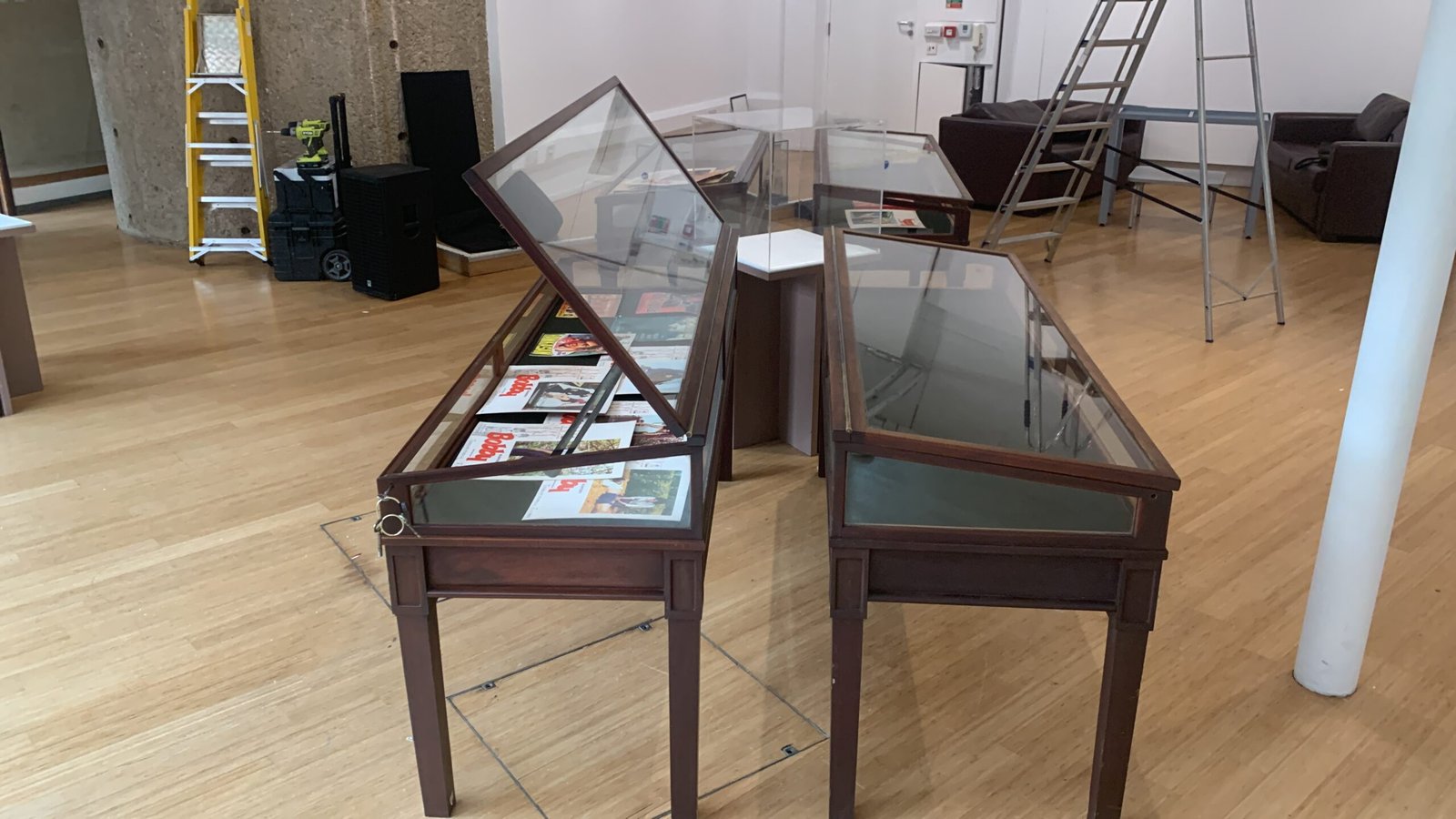About Us

Project People's Archives of Indian Cinema
(PPAIC) is an expansive digital space dedicated to showcasing the history of Indian cinema, branching out from unexpected spaces of the past. This website celebrates chaos as key to reimagining Indian film histories through lived experiences and objects of the quotidian. Along with objects, it also collects stories, interviews, and legacies of the individuals who have shaped and continue to shape Indian cinema. Established with the vision of documenting the rich history and evolution of Indian cinema, PAIC serves as an essential resource for scholars, filmmakers, and the wider public who seek to understand people’s affiliation with cinema. Similarly, this space enables the democratization of film heritage, in which the public, by sharing stories and materials, becomes a heritage maker. This is an ever-growing space, in which we hope to continue constructing, collectively, knowledge and impact on film archival matters in the Global South. PAIC seeks to collaborate with educational institutions and the film heritage sector to enable and support training and the production of new histories to share and disseminate.
Although much of the material documenting ‘the many’ film histories of India is lost, hidden, or omitted, PAIC aims to democratize the approach to film heritage in India and expand the vocabulary of what is archivable. What is archivable about the public? How can the public become a tool to make sense of what is unidentifiable?
Mainstream histories often forget to acknowledge communities at the margins of society and history. These include a number of unsung heroes from within the industry, the diaspora, tribal communities, and more broadly, the public. PAIC encourages a number of methodological approaches to bring these stories to light, offering a platform where people become elicitors of film heritage.
PAIC is a living repository, offering interviews, articles, behind-the-scenes glimpses, and personal insights into collections that serve as testimony to the various affiliations of people with cinema and the construction of meaning. The personal collections of numerous individuals in this repository form an assemblage of the materiality of the mundane, associated with the lived experiences of citizens and their engagement with the Indian film industry beyond audio-visual artifacts. People’s archives of Indian cinema, chaotically scattered across the country, encourage a sense of care and custodianship of everyday materials that are often absent within institutional and national archives.
PAIC is a unique space for a first-person approach to cinema archiving, which enables micro-histories of cinematic pleasure through objects of consumption.
The democratization of heritage through platforms like PAIC is not just about access—it is about fostering participation and ownership. It is about shifting from a model of preservation for the few to one of preservation and engagement for the many. By bringing the stories of Indian cinema to a global audience and opening them up to a diverse range of voices, PAIC is contributing to the evolution of cultural heritage in the digital age. This dynamic engagement allows the history of Indian cinema to be continuously written, rewritten, and enriched, ensuring its legacy lives on in the hands of the people who experience it.
